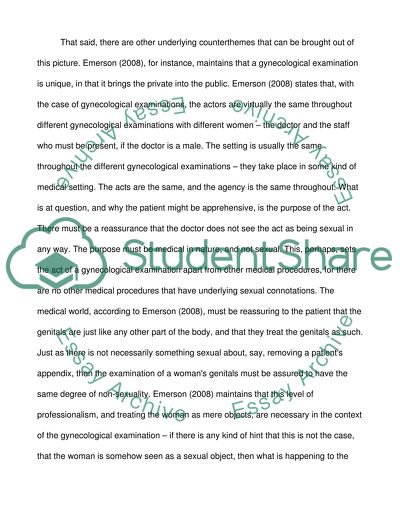Cite this document
(“Management Psychology Essay Example | Topics and Well Written Essays - 1750 words”, n.d.)
Management Psychology Essay Example | Topics and Well Written Essays - 1750 words. Retrieved from https://studentshare.org/psychology/1467126-management-psychology
Management Psychology Essay Example | Topics and Well Written Essays - 1750 words. Retrieved from https://studentshare.org/psychology/1467126-management-psychology
(Management Psychology Essay Example | Topics and Well Written Essays - 1750 Words)
Management Psychology Essay Example | Topics and Well Written Essays - 1750 Words. https://studentshare.org/psychology/1467126-management-psychology.
Management Psychology Essay Example | Topics and Well Written Essays - 1750 Words. https://studentshare.org/psychology/1467126-management-psychology.
“Management Psychology Essay Example | Topics and Well Written Essays - 1750 Words”, n.d. https://studentshare.org/psychology/1467126-management-psychology.


